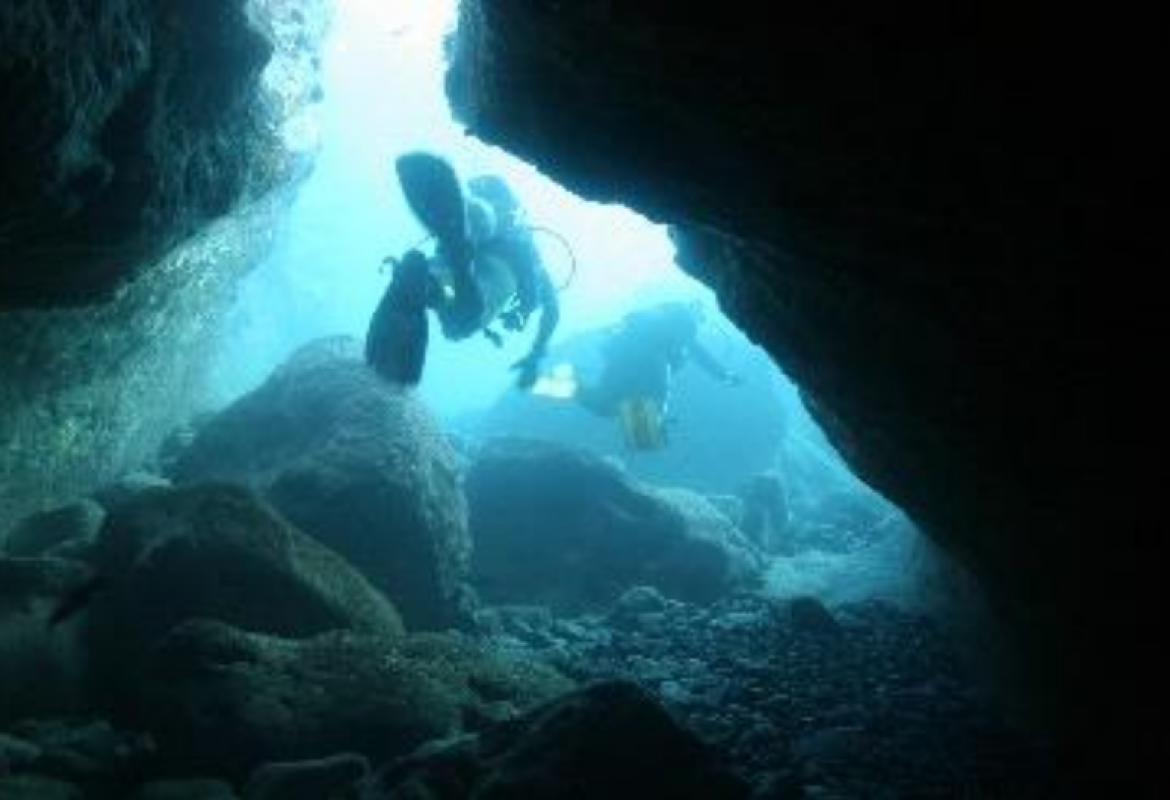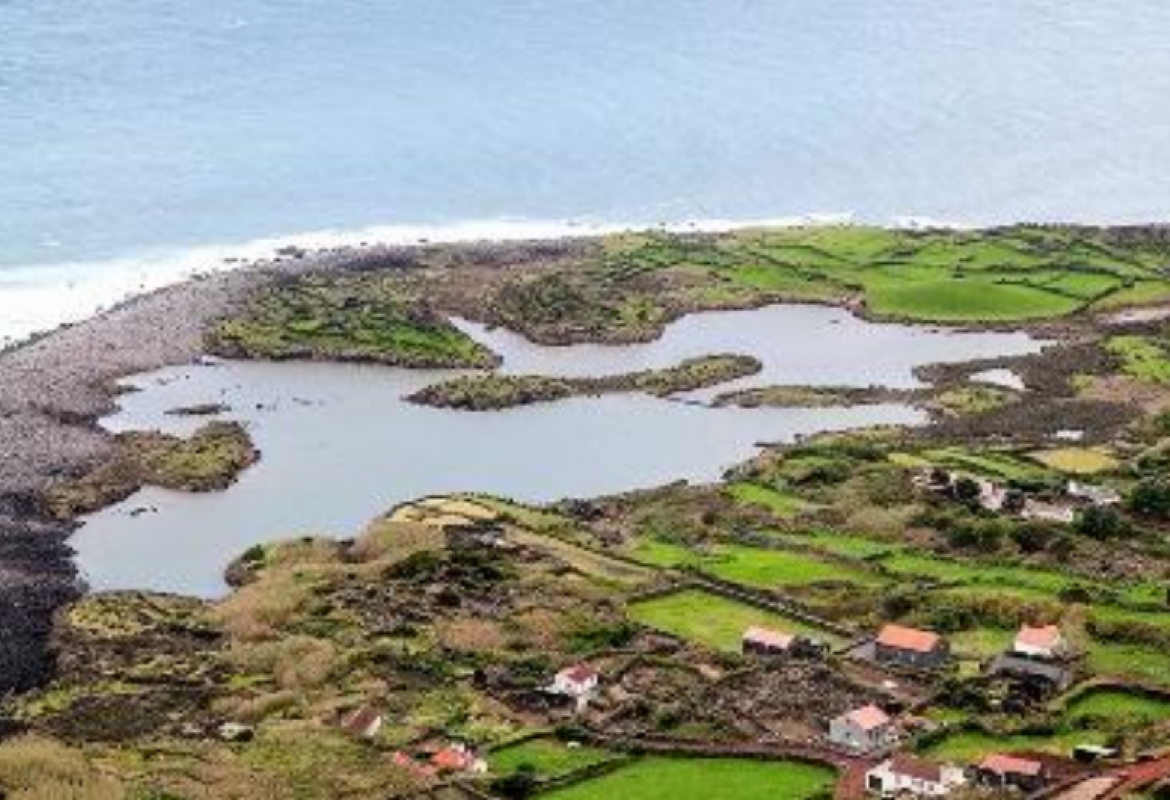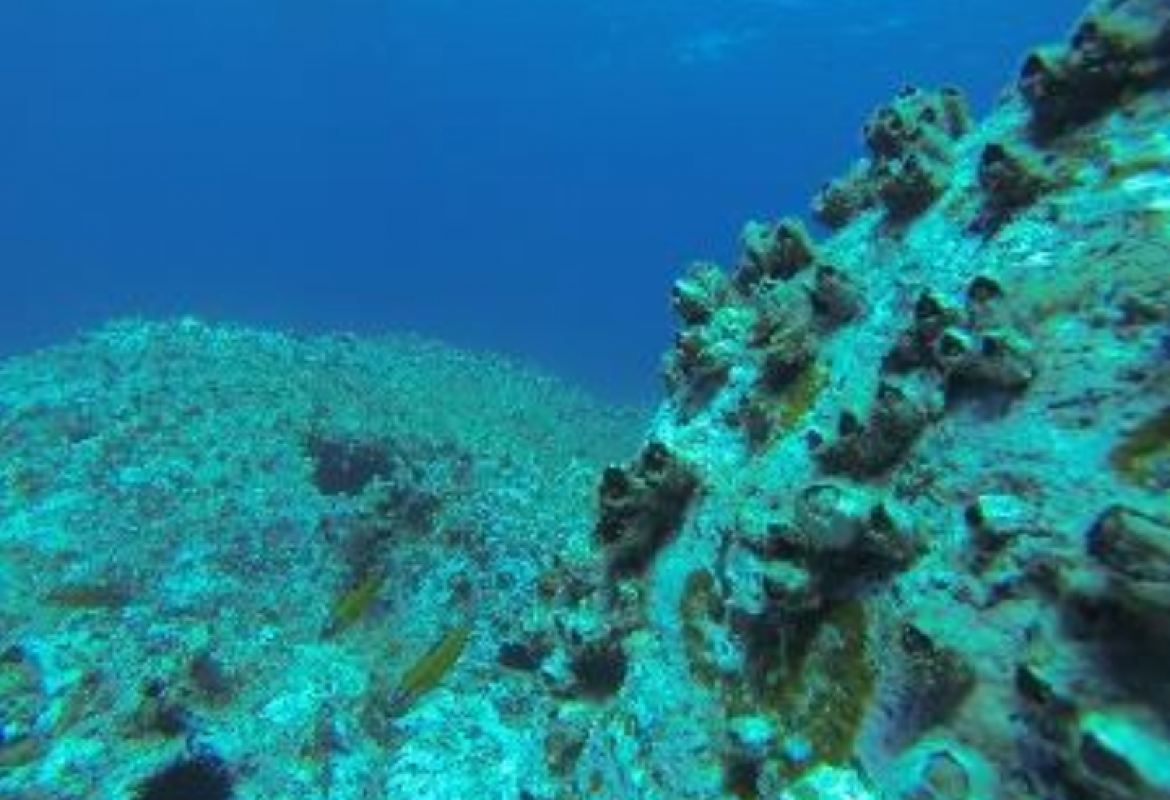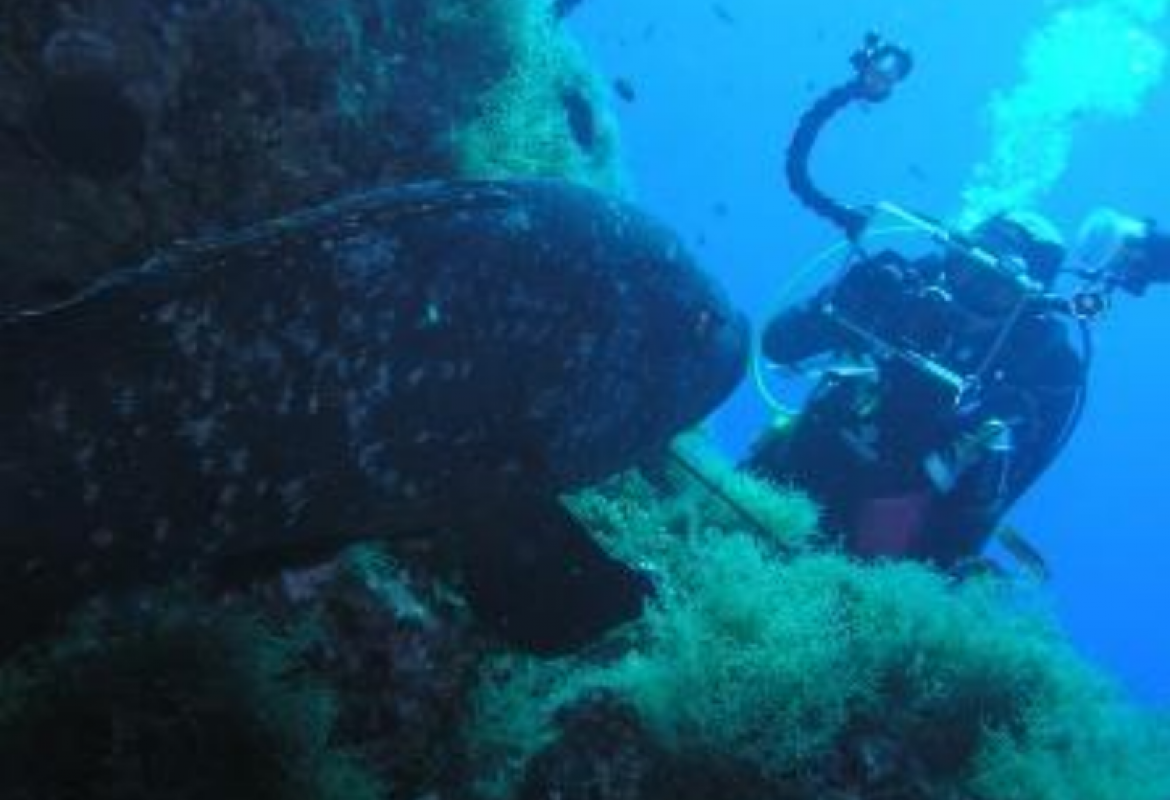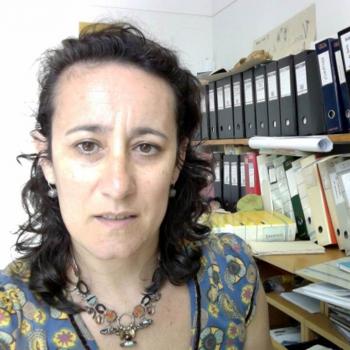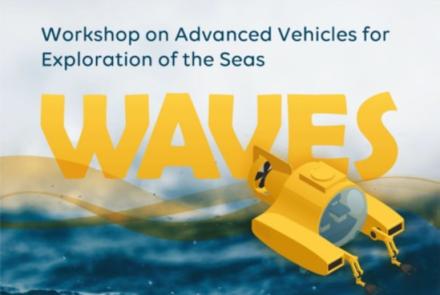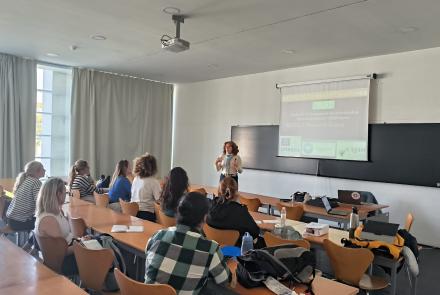MARBE - Marine Biodiversity and Environment
The main goal of this research line is to describe marine biodiversity, understand the dynamics and the functioning of marine littoral ecosystems, analyse human-induced pressures and their impacts on these ecosystems, and to reconcile exploitation (fishing, aquaculture and bio prospection) and conservation, meeting societal expectations on marine issues including awareness, assessment, innovation and renovation. In particular, we intend to improve the understanding of processes that control marine biodiversity at local scales, in the Atlantic and in a global context, addressing natural and anthropogenic induced connectivity of marine systems (e.g. insular, oceanic and with marginal seas). More specifically, we address the following aspects.
Community dynamics and functioning: Study of the drivers of structure and communities’ functions; assessment of biotic interactions across spatial and temporal scales; assessment of effects of human activities on coastal biodiversity including the impacts of global change (e.g. invasive species and climate change) on the structure and functioning of communities. The importance of accurate and reliable taxonomy to studies of biodiversity cannot be overemphasized to meet the needs of the newly emerging and rapidly developing marine biotechnology to evaluate resource organisms for applied research. However, not only taxonomic inventories but also species’ relative abundances, genetic diversity, and apportionment in higher taxa are important to properly evaluate the natural marine patrimony. Patterns’ data are critical to understand the processes affecting biodiversity and to detect biodiversity changes. Thus, besides traditional taxonomic inventories updates in marine flora and fauna, some other approaches are considered:
Comparison of fossil biota with living ones from some habitats and regions to provide clues on favourable conditions for the formation and proliferation of species; identification of natural processes historically generating biodiversity patterns.
Evolutionary ecology and adaptation: linking geographic distribution and evolutionary history of marine organisms by using molecular techniques for quantifying the phylogenetic relatedness between species and higher taxa in order to recognize intraspecific genetic variability, and to quantify difficult-to-identify species and larval forms in natural samples.
Multiple uses of coastal systems: analysis of coastal ecosystems statuses, development of their uses within reconciliation boundaries with biodiversity and habitat conservation (e.g. MPAs, Marine Reserves); measuring and minimizing human impacts (e.g. fishing, tourism) by developing guidelines enabling nature protection and management; develop scientific-based biodiversity arguments for management and decision for MSP; develop strategies to meet societal challenges of littoral populations by promoting a sustainable exploitation of marine biodiversity, and development of innovative and profitable uses of marine environment and biodiversity.



